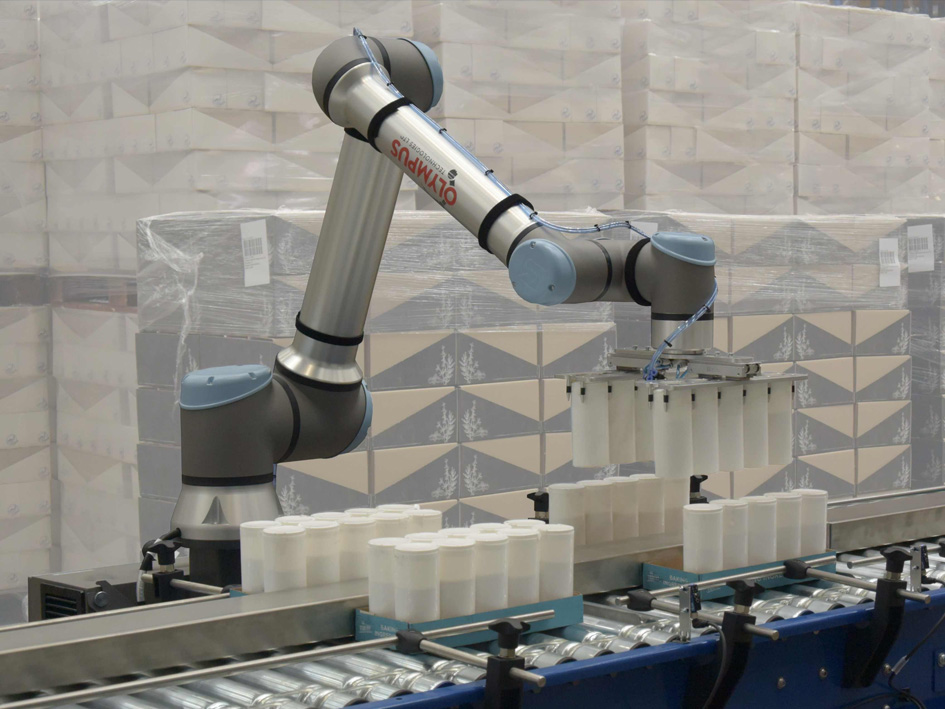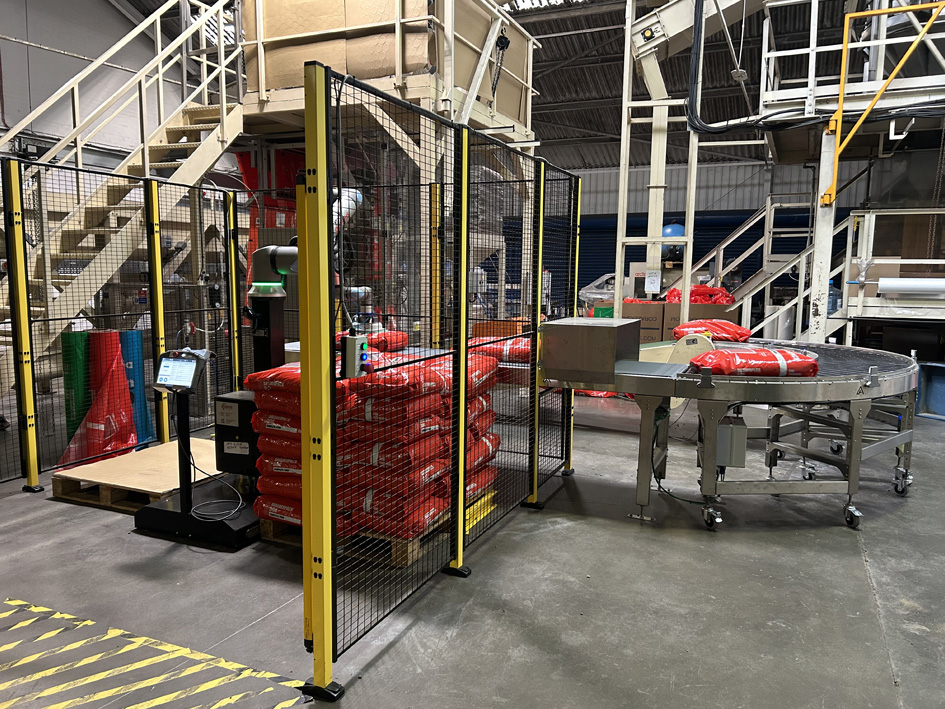Why Arc-On Time Is a Critical Measure of Welding Productivity
In welding operations, arc-on time refers to the actual time spent welding compared to total available working hours. It’s one of the most accurate ways to measure welding productivity across manual and automated systems.
By increasing arc-on time, manufacturers can boost throughput, improve efficiency, and reduce cost per part, all without sacrificing weld quality.
As manufacturing sectors like automotive, aerospace, and construction aim for leaner processes, improving arc-on time has become a key objective. With the right tools and strategies, companies can increase arc-on time while maintaining control over quality and costs.
Speak to our experts about how robotic welding can help increase arc-on time in your production line.
Understanding Welding Operations and the Productivity Gap
Many welding operations face a significant gap between actual arc-on time and total shift duration. Factors such as inefficient setups, unnecessary manual activities, and poor process flow reduce overall efficiency.
To improve performance, manufacturers must first track where non-productive time occurs. Real-time monitoring tools help identify inefficiencies and support informed decision-making.
Here’s how manufacturers can begin closing the gap:
- Monitor real-time data to pinpoint bottlenecks.
- Analyze parameters like current, travel speed, and voltage for inconsistency.
- Identify delays caused by grinding, repositioning, and material handling.
Smart fixtures, cobots, and robotic systems can reduce downtime between welds and help increase arc-on time efficiently.
Optimising the Welding Process for Higher Output
Every welding process offers opportunities for continuous improvement. By refining how tasks are performed and how equipment is used, companies can increase arc-on time meaningfully.
For example:
- Better joint preparation reduces post-weld grinding and rework.
- Data-driven tuning of parameters such as wire feed speed and arc length enhances weld quality.
- Applying lean manufacturing principles eliminates waste across every process step.
Ultimately, improvement is about optimizing inputs and outputs across all welding activities.
Discover Olympus’ welding optimisation systems that make real-time improvements possible.
Practical, High-Impact Strategies to Increase Arc-On Time
A combination of smart planning, better tooling, and real-time visibility can significantly increase arc-on time. Below are three high-impact strategies:
1. Real-Time Monitoring and Data Capture
Digital systems help track arc-on time versus idle time across shifts, processes, and operators. This creates clear visibility into:
- When and where inefficiencies occur.
- How much time is lost due to non-welding activities.
- Which teams or stations offer the greatest opportunity to improve arc-on time.
This information forms the foundation of better resource management and production planning.
2. Improve Fit-Up and Joint Preparation
Standardising joint preparation ensures cleaner, more efficient weld starts. This reduces reliance on grinding and lowers the chance of defects.
Benefits include:
- Fewer stops and starts during the welding process.
- More consistent weld quality.
- Less need for post-weld adjustments.
3. Workflow and Fixture Optimisation
Well-designed fixtures and smoother process handoffs help welders spend more time welding and less on setup. Even minor changes can result in:
- Faster cycle times.
- Reduced handling of parts.
- Better coordination between tasks.
See how UK manufacturers improved efficiency through Olympus’ automated fixture solutions and case studies.
The Role of Technology: Tools That Maximise Arc-On Time
Technology is at the heart of modern efforts to increase arc-on time. When used correctly, it enables greater performance and higher productivity across welding operations.
Robotic Welding Systems
Robotic welders ensure:
- Consistent arc performance.
- Reduced setup and part handling.
- Maximum uptime across longer shifts.
Cobot Welding for Flexibility
Cobots combine automation with flexibility, making them ideal for high-mix, low-volume production. They help manufacturers increase arc time in complex or variable operations.
Live Weld Data and Analytics
Sensors and dashboards give operators the tools to track weld performance and adjust parameters in real time. This improves quality and reduces interruptions during shifts.
Advanced Power Sources (MIG/MAG)
Modern MIG and MAG systems include adaptive arc controls that improve wire feed consistency, penetration, and voltage balance. This minimises rework and supports longer arc-on periods.
Explore Olympus’ automated welding systems designed to maximise uptime and reduce labour waste.
Predictive Maintenance: Protecting Uptime and Productivity
Unplanned downtime quickly reduces arc-on time. Predictive maintenance helps avoid this by:
- Identifying early signs of failure in equipment.
- Allowing for repairs during planned downtime.
- Ensuring consistent performance and full utilisation.
When paired with real-time diagnostics, this approach supports high efficiency without compromising quality.
Why Arc-On Time Is the Benchmark for Welding Efficiency
Higher arc-on time correlates with:
- More welded parts completed per day.
- Lower production costs through fewer disruptions.
- Improved compliance with standards such as BS EN ISO 9606 and BS EN ISO 15614.
Today, arc-on time is the clearest indicator of welding efficiency, especially in systems that blend manual skill with automated capability.
Contact Olympus to calculate your arc-on time improvement potential through automation and system upgrades.
Conclusion: The Future of High-Efficiency Welding Starts Now
To increase welding productivity, businesses must focus on arc-on time. From smart data capture to fixture design, each improvement supports higher output and better use of equipment.
Forward-thinking companies that embrace robotic welding, cobots, and predictive maintenance already see gains in productivity, quality, and cost reduction.
Book a consultation with Olympus Technologies and find out how your operation could benefit from smarter, more efficient welding solutions.
FAQs
What does arc-on time mean in welding operations?
Arc-on time is the time spent actively welding compared to total working time. It helps measure efficiency, showing how much of the shift is used for productive welding.
How can companies increase arc-on time without adding more staff?
Using real-time monitoring, better fit-up, and automated systems allows businesses to increase arc time by reducing non-welding activities. This means more output with the same workforce.
Why is real-time data important for arc-on time improvement?
Real-time data helps track exactly where and when downtime occurs. It gives operators and managers the information needed to optimise performance and processes.
Is cobot welding effective for increasing arc-on time?
Yes. Cobots are ideal for companies that need flexible automation. They support consistent welding in varied tasks and help increase arc-on time without the rigidity of full au














